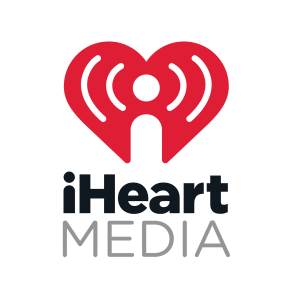
The new product radio’s largest company has unveiled is called “SmartAudio.” We now live in a world of big data and iHeart’s new digital data advertising product is part of the programmatic buying platform which was unveiled about a year ago. SmartAudio helps advertisers target specific audience segments. But it’s much more than that.
It’s another way for iHeartMedia to use its scale of 850 radio stations and iHeartRadio to help advertisers target customers. So far, iHeartMedia has developed more than 700 SmartAudio audience segment profiles with more in the works as advertisers request them.
Using SmartAudio, iHeartMedia can mine digital data from its more than 95 million registered iHeartRadio listeners, along with leading second- and third-party digital data, consumer and behavioral resources and social networks, to create audience segment profiles — including Millennials, auto intenders, mothers, and more. The company says advertisers will now be able to utilize these enhanced profiles to select the best broadcasting schedules and methods to reach their targeted consumers. “By utilizing the product’s capabilities, brands will receive the massive scale of broadcast radio and the targetability of digital.
Discovery Communications Senior VP of media Strategy Seth Goren is already a fan of the product. “SmartAudio allows us to easily sort through the millions of combinations of stations, shows, dayparts, and markets, and home in on the ones that best reach the audiences we care about. Combining the efficiency and scale of radio with data and advanced analytics of digital, moves iHeartMedia beyond the standard age and demo paradigm to create enhanced audience-based plans that drive real business outcomes for us.”
What if an advertiser wants to change an ad based on market-specific conditions? SmartAudio can do that. This technology enables advertisers to use dynamic ad creative that utilizes real-time triggers such as weather, pollen counts, sports scores, mortgage rates, and more to deploy different campaign messages based on what is happening in a specific market at a specific moment. For example, advertisers can serve one message in Los Angeles when it’s sunny, a different message in New York when it’s snowing, or even a different message in the same market later that day when the weather changes automatically without any back-end work on their part.





